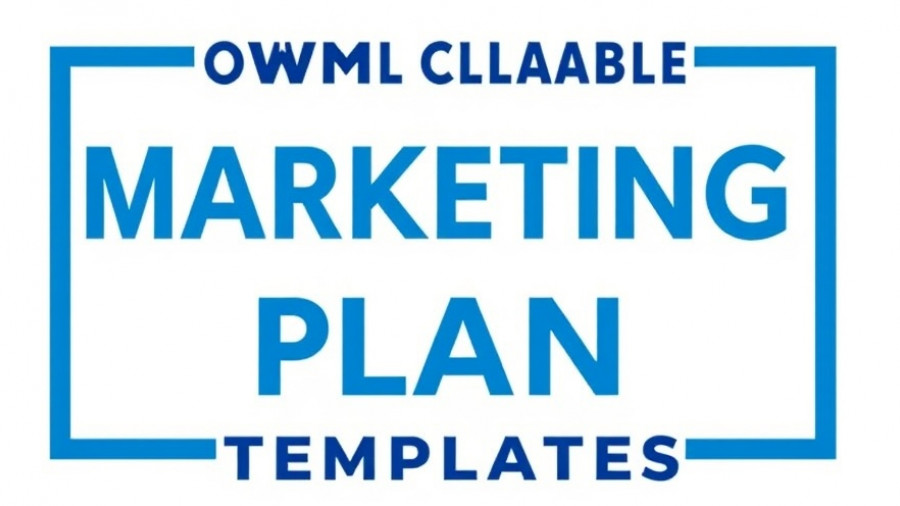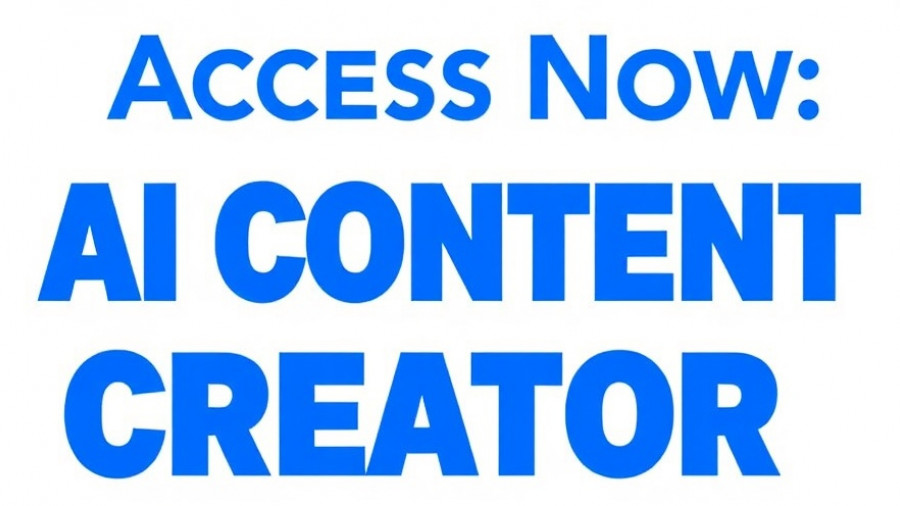
Understanding Email Engagement: The Key to Successful Campaigns
As digital marketers, we often find ourselves sifting through an overflowing inbox, much like a box of chocolates where the contents are unpredictable. Just consider a typical day: an exciting newsletter about a sports star's career, an irrelevant promotional email, and an automated message that feels more like a nuisance than a notification. These experiences underscore a pivotal question: how can marketers transform their emails from mere digital noise into valuable engagement tools?
The Most Engaging Types of Emails
To ensure your emails resonate with recipients, understanding which types drive engagement is crucial. Here are the four email types proven to attract attention and encourage interaction:
- Welcome Emails: These emails set the tone for future communications and are often opened at a rate of 50% or higher. They establish a positive initial connection and can significantly enhance retention.
- Milestone Emails: Acknowledging significant moments—such as anniversaries or purchase milestones—can foster loyalty and make customers feel valued.
- Email Newsletters: Regular, thoughtful content can keep your audience informed and engaged, especially when tailored to their interests.
- Curated Content Emails: Providing valuable information gathered from various sources saves your audience time and positions your brand as a trusted resource.
Avoiding Common Pitfalls: Emails That Fail to Engage
Conversely, some emails fall flat, failing to evoke response or interest. Here are four types to avoid:
- Unsolicited Promotional Emails: Emails that lack personalization and relevance often end up in the trash, undermining potential brand relationships.
- Transactional Emails: While necessary, these emails often lack engaging content, making them less interesting to recipients.
- Cold Outreach Emails: Without a prior connection or understanding of the recipient's needs, these emails can seem intrusive.
- Irrelevant Automated Messages: Regular reminders of company updates or IT notices can frustrate users who want to opt out.
Strategies for Optimizing Email Marketing
Having a firm grasp of which emails to send—and which to avoid—can elevate your marketing game. Here are a few strategies to enhance your email campaigns:
- Personalization is Key: Use customer data to tailor messages to individual preferences and behaviors. This can significantly boost open and click-through rates.
- Integrate with Automation Tools: Marketing automation platforms can help streamline the sending process and ensure timely communication based on user actions.
- Monitor Engagement Metrics: Utilize analytics tools to track open rates, click rates, and conversions. This data can provide insight into what’s working and what needs improvement.
- Maintain a Clean Email List: Regularly updating your email list can help ensure you’re communicating with an engaged audience, reducing bounce rates and unsubscribes.
The Bigger Picture: Email Marketing's Role in Sales Funnels
Email marketing is not just about sending messages; it plays a crucial role in lead generation and nurturing prospects throughout sales funnels. By engaging current customers and potential leads, email can help drive them toward making purchases, thereby increasing your sales. To leverage this further, integrate your CRM with email marketing tools, enabling a streamlined approach to customer relationship management.
Future Insights: Trends Shaping Email Marketing
As technology progresses, it’s vital to stay ahead of email marketing trends. For instance, using AI-powered personalization to segment audiences and tailor content is becoming increasingly influential. Additionally, interactive content, like polls or surveys embedded within emails, could enhance engagement rates and provide valuable customer insights.
Conclusion: Transforming Your Email Strategy
Understanding the email types that foster engagement and those that hinder it is crucial for any digital marketing strategy. By tailoring your content effectively and leveraging automation, you can create impactful communications that resonate with your audience. Remember to keep analyzing your metrics and adapt your strategies accordingly to stay ahead in this fast-paced digital landscape.
If you want to refine your email strategy further, explore our free email planning template. This tool can help you organize and optimize your email marketing efforts for maximum engagement and success.
 Add Row
Add Row  Add
Add 




Write A Comment